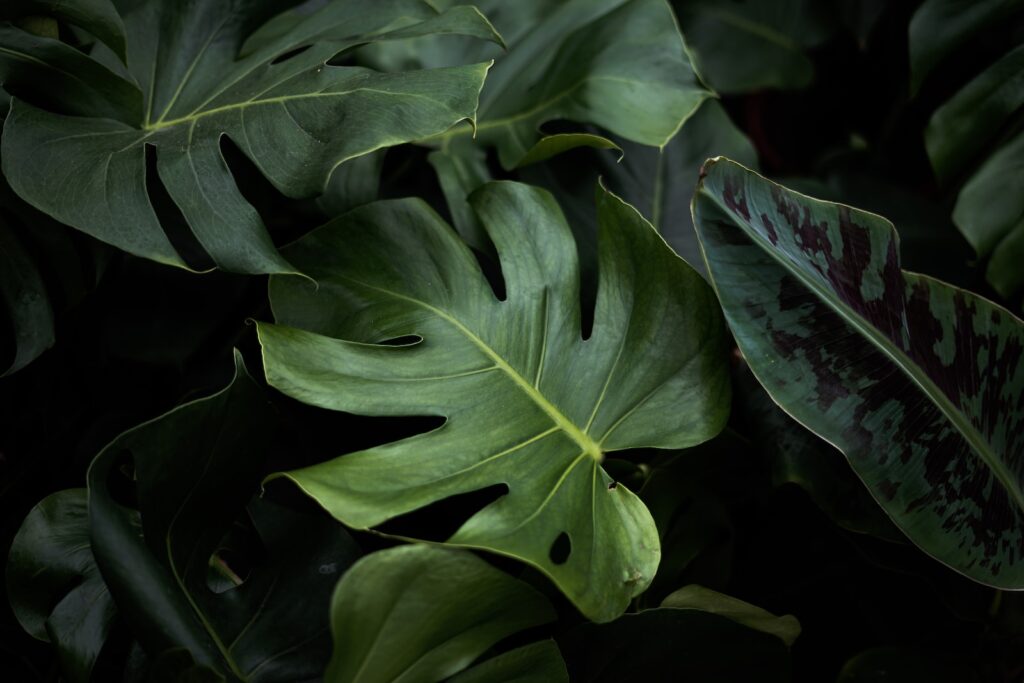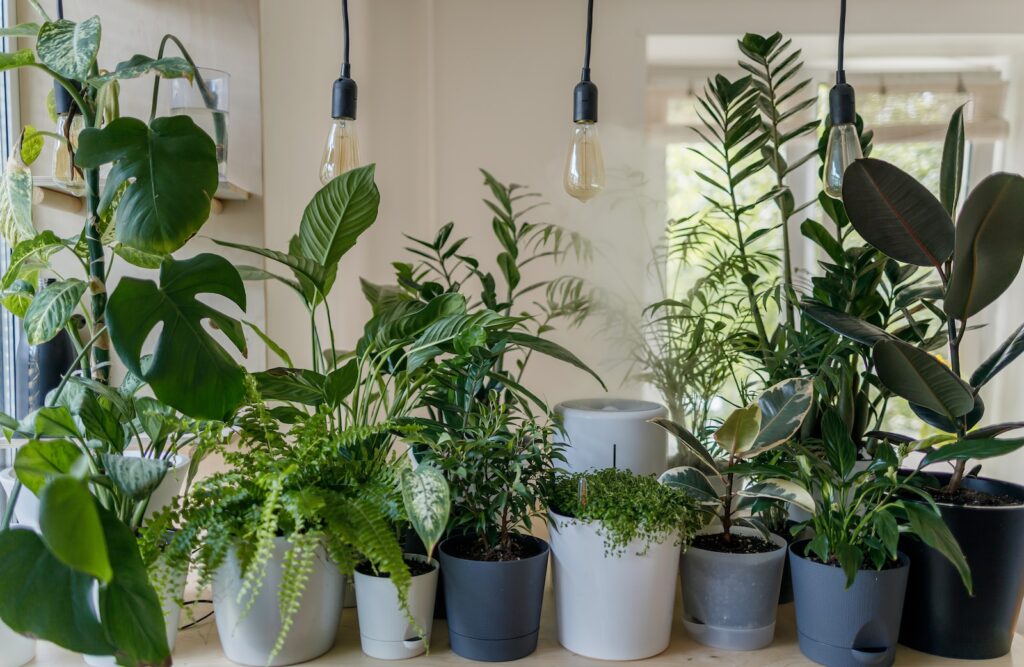Fertilizers are essential for gardeners and farmers alike, as they help ensure that plants have the nutrients necessary for healthy growth and development. In general, fertilizers are made up of three main nutrients – nitrogen, phosphorus, and potassium. Of these, nitrogen is the most important, as it helps with the formation of chlorophyll, the green pigment in plants. However, there are times when using a fertilizer low in nitrogen can be beneficial. In this article, we’ll take a look at why this might be the case, as well as what types of fertilizers are best to use.
Why Use Fertilizers Low in Nitrogen?
There are several reasons why gardeners and farmers might choose to use fertilizers low in nitrogen. The first is to help prevent over-fertilization. When too much nitrogen is applied, it can lead to over-fertilization, which can cause a range of problems such as excessive leaf growth, yellowing of leaves, and stunted growth.
Another reason to use fertilizers low in nitrogen is to encourage flowering. Many plants need higher levels of phosphorus and potassium than nitrogen in order to flower and produce fruit. If too much nitrogen is applied, it can lead to excessive leaf growth and little flowering.
Finally, some plants prefer soils with lower levels of nitrogen, such as acid-loving plants like rhododendrons, azaleas, and blueberries. If too much nitrogen is present in the soil, it can cause these plants to become stressed and prone to disease.

Types of Fertilizers Low in Nitrogen
Organic fertilizers, such as compost and manure, are some of the most common types of low-nitrogen fertilizers. Compost is made from decaying organic matter, such as kitchen scraps, leaves, and grass clippings, and is a great source of slow-release nutrients. Manure is animal waste, usually from cows, chickens, or horses, and is also a good source of slow-release nutrients.
Synthetic fertilizers are another type of low-nitrogen fertilizer. Synthetic fertilizers are made in a lab and are designed to release nutrients slowly, making them a good choice for gardeners who don’t want to apply fertilizer too often. Synthetic fertilizers are also formulated to contain fewer nutrients, such as nitrogen, so they are less likely to cause excessive runoff or leaching.
Inorganic fertilizers are also an option for those looking for low-nitrogen fertilizers. These fertilizers are usually made with mined minerals, such as rock phosphate and potassium sulfate. Inorganic fertilizers are usually slow-release and are usually less likely to cause runoff or leaching of nutrients.
Mulches are a great way to add nutrients to soil without adding too much nitrogen. Mulches, such as wood chips, straw, and grass clippings, can help retain moisture, reduce weeds, and provide a slow-release of nutrients.
Using low-nitrogen fertilizers is a great way to reduce the amount of nitrogen released into the environment, while still providing essential nutrients to plants. With so many different types of low-nitrogen fertilizers available, gardeners and farmers can choose the best option for their needs.

Organic Fertilizers
Organic fertilizers are a great option for those looking for a fertilizer low in nitrogen. These fertilizers are made from naturally-occurring materials such as animal manure, compost, and plant materials. They are slow-release fertilizers, meaning that they release their nutrients over a longer period of time, providing plants with a steady supply of nutrients.
Fish Emulsion
Fish emulsion is a type of fertilizer made from fish waste. It is a good source of nitrogen, but it also contains other essential nutrients such as phosphorus and potassium. It is a slow-release fertilizer, making it an excellent choice for those looking for a fertilizer low in nitrogen.
Blood Meal
Blood meal is a type of fertilizer made from animal blood. It is a good source of nitrogen, phosphorus, and potassium. It is a fast-release fertilizer, meaning that the nutrients it contains are released quickly into the soil. This makes it a good choice for those looking for a quick boost of nitrogen for their plants.
Bone Meal
Bone meal is a type of fertilizer made from animal bones. It is a good source of phosphorus and calcium, but it is low in nitrogen. It is a slow-release fertilizer, making it an ideal choice for those looking for a fertilizer low in nitrogen.
Tips for Using Fertilizers Low in Nitrogen
Asess your soil’s fertility. You can do this at home with a soil test kit or by sending a sample to a lab. Once you know the fertility of your soil, you can determine how much nitrogen your plants need. If the soil is already rich in nitrogen, using a fertilizer low in nitrogen will help prevent over fertilization.
Choose a fertilizer with a lower nitrogen content than other fertilizers. A fertilizer with a nitrogen content of less than 10% is considered low in nitrogen. This type of fertilizer will provide your plants with the nutrients they need without adding too much nitrogen.
Once you’ve selected a fertilizer low in nitrogen, it’s important to follow the instructions on the package. Fertilizers can be applied to the soil with a spreader or by hand. If you’re applying the fertilizer by hand, make sure to spread it evenly over the soil. Avoid over-fertilizing, as this can lead to plant damage or death.

Use the Right Amount
It is important to use the right amount of fertilizer for your plants. If you use too much, it can lead to over-fertilization, which can be damaging to your plants. It is best to follow the instructions on the fertilizer’s packaging to ensure you are using the correct amount.
Test the Soil
Before applying a fertilizer low in nitrogen, it is important to test the soil. This will help you determine the amount of nitrogen that is already present in the soil, as well as the other nutrients that are needed. This will allow you to apply the right amount of fertilizer to ensure your plants are getting the nutrients they need.
Choose the Right Fertilizer
When choosing a fertilizer low in nitrogen, it is important to select one that is appropriate for your plants. For example, if you are looking for a fertilizer for acid-loving plants, you should choose one that is specifically formulated for these plants.
Monitor Your Plants
Finally, it is important to monitor your plants after applying a fertilizer low in nitrogen. This will allow you to ensure that the fertilizer is having the desired effect and that your plants are getting the nutrients they need.
Conclusion
Fertilizers low in nitrogen can be beneficial for gardeners and farmers alike. They can help prevent over-fertilization and encourage flowering, as well as provide the right nutrients for acid-loving plants. When using fertilizers low in nitrogen, it is important to use the right amount, test the soil, choose the right fertilizer, and monitor your plants to ensure they are getting the nutrients they need. With the right fertilizer and proper care, your plants will be healthy and happy.
